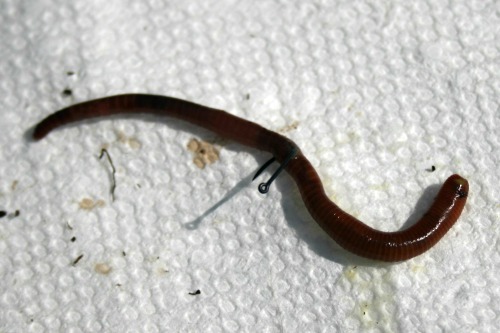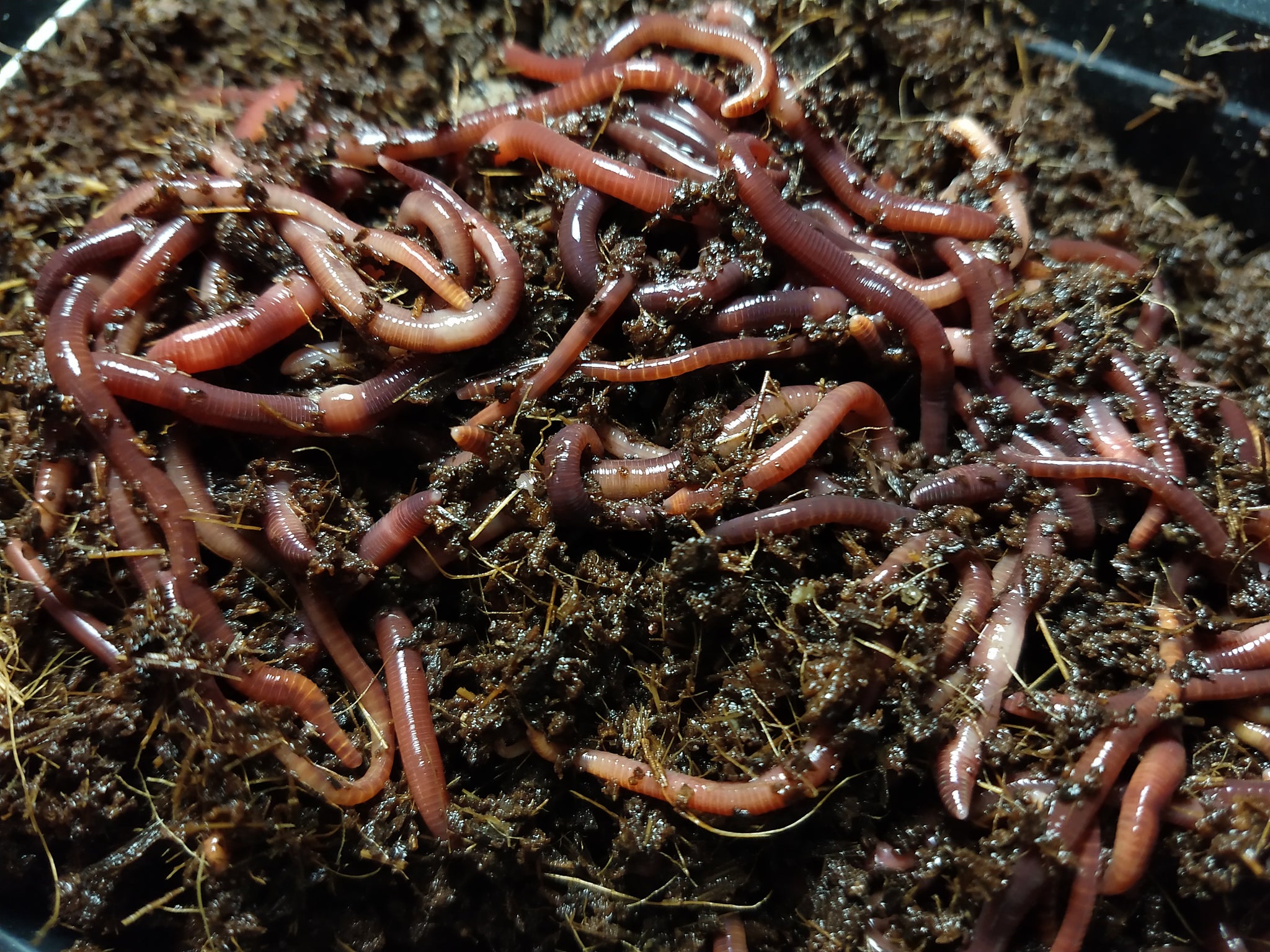The Secret to Lush Lawns Starts with Red Wiggler Express Yard Care Solutions
The Secret to Lush Lawns Starts with Red Wiggler Express Yard Care Solutions
Blog Article
Red Wigglers: The Unsung Heroes of Organic Waste Recycling
Red wigglers, or Eisenia fetida, offer as vital agents in the organic waste reusing procedure, changing thrown out materials into important vermicompost. Their effective failure of raw material not just boosts dirt top quality yet additionally adds to lasting waste monitoring practices. As the globe increasingly seeks services to deal with waste build-up and enhance agricultural productivity, understanding the role of these worms becomes important. What systems enable them to flourish in compost environments, and how can they be effectively made use of in both residential and business setups? Checking out these questions reveals the more comprehensive effects of vermicomposting in our eco-friendly landscape.
What Are Red Wigglers?
The impressive resilience of red wigglers, clinically recognized as Eisenia fetida, highlights their critical role in organic waste recycling. These little, reddish-brown earthworms are usually found in decomposing raw material, such as garden compost piles and manure loads. Lake Hickory Bait. Unlike other earthworm types, red wigglers thrive in nutrient-rich settings and are highly reliable at breaking down organic products, making them vital for vermicomposting

(Red Wiggler Express)Along with their duty in waste reduction, red wigglers add to dirt wellness by improving soil structure and oygenation via their burrowing activities (Lake Hickory Bait). Their presence in composting systems not only boosts decomposition rates but additionally promotes a lasting technique to throw away management, highlighting their value in eco-friendly preservation initiatives
Advantages of Composting With Worms
Composting with worms, particularly red wigglers, offers various advantages that improve both waste monitoring and dirt wellness. These worms successfully damage down natural waste, converting it into nutrient-rich vermicompost that enriches soil. This process accelerates decomposition, allowing for a faster recycling of kitchen scraps and other natural products contrasted to standard composting techniques.
Furthermore, the vermicompost created by red wigglers is including beneficial microorganisms, which aid boost dirt structure, aeration, and moisture retention. This boosts the total health and wellness of plants, promoting vigorous development and raised returns in yards and farming setups. In addition, the usage of worms in composting decreases the manufacturing of greenhouse gases, such as methane, contributing to a more lasting waste monitoring system.

Just How to Start Vermicomposting
Establishing a vermicomposting system is a simple procedure that can produce substantial advantages for both waste management and soil enrichment. To begin, choose an appropriate container, such as a plastic container or wooden box, with appropriate air flow openings to make certain correct air movement. The dimensions should ideally be around 2 feet by 3 feet, allowing ample space for the worms to flourish.
Next, prepare bedding material, which can include shredded newspaper, cardboard, or coconut coir. This bedding ought to be moistened to create a suitable habitat for the worms. As soon as the bedding is in location, present red wigglers (Eisenia fetida) into the container, typically around one pound of worms for every single square foot of surface.
Complying with the placement of worms, include natural waste, such as fruit and vegetable scraps, coffee premises, and smashed eggshells. With these steps, you will effectively launch a vermicomposting system that contributes to sustainable waste monitoring and enhances your soil.
Maintaining a Healthy And Balanced Worm Bin
(Red Wiggler Express)Maintaining a worm container thriving calls for regular focus and like make certain the health and wellness of the red wigglers and the efficiency of the composting procedure. Proper upkeep begins with checking the moisture degrees; the bin needs to perspire yet not waterlogged. An excellent general rule is to keep a consistency comparable to a wrung-out sponge.
Gently mixing the bed linen and food scraps every couple of weeks protects against compaction and ensures that all worms have access to oxygen. Furthermore, it is vital to feed the worms appropriately.
Temperature guideline is an additional vital aspect. Red wigglers flourish in a variety of 55 to 77 degrees Fahrenheit. If the bin ends up being also warm or cool, the worms might become stressed - Lake Hickory Bait. Lastly, regularly inspect for indications of health and wellness, such as worm populace article source development and the existence of healthy and balanced spreadings. By carefully taking care of these aspects, one can keep a durable and efficient worm bin.
Influence on Lasting Living
The effective maintenance of a worm bin not only profits the wellness of red wigglers but likewise adds considerably to sustainable living techniques. By reusing organic waste, such as kitchen scraps and lawn debris, red wigglers aid draw away significant amounts of material from land fills. This reduction in waste not only lowers greenhouse gas discharges but additionally lessens the environmental burden linked with waste management.
Moreover, the spreadings produced by red wigglers offer as a nutrient-rich organic fertilizer, improving soil wellness and promoting plant development. This natural choice to chemical fertilizers supports sustainable agriculture and gardening methods, decreasing dependence on synthetic inputs that can damage ecological communities. Furthermore, worm composting fosters understanding of waste management, motivating people and neighborhoods to take on more lasting practices.

Conclusion
In summary, red wigglers serve as vital factors to natural waste recycling through their efficient decomposition of organic products. By incorporating vermicomposting right into waste administration techniques, individuals and communities can dramatically lower waste while advertising environmental sustainability.
Report this page